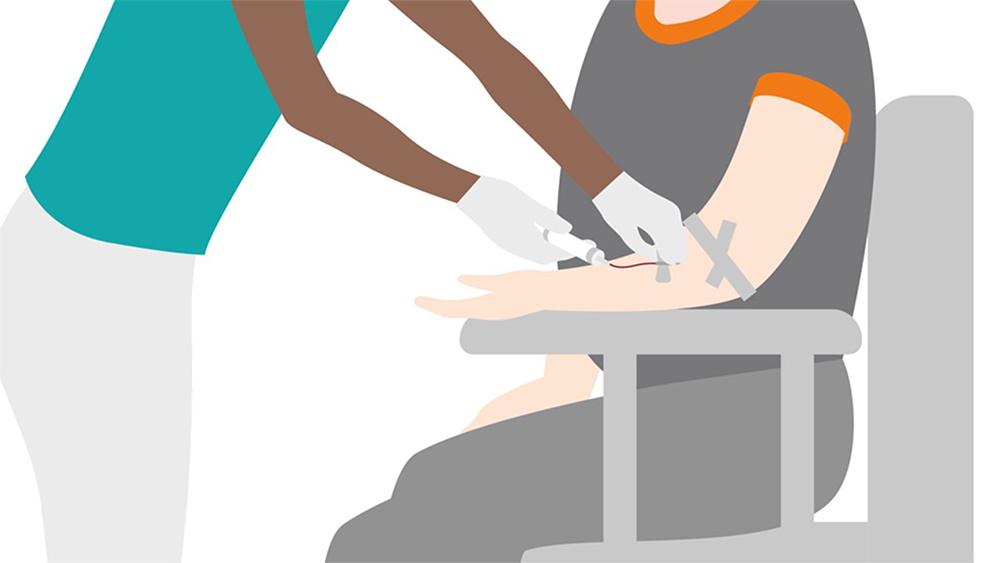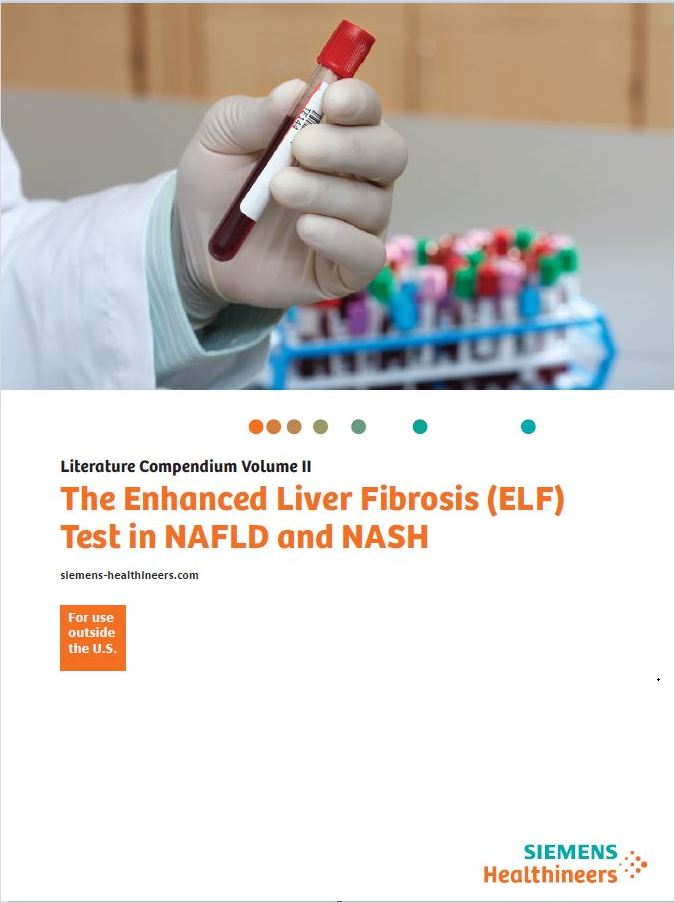Assess the Risk of NAFLD/NASH Progression and Liver-Related Events with a Simple Blood Test
Clinical Benefits of The Enhanced Liver Fibrosis (ELF™) Test
The Enhanced Liver Fibrosis test is a non-invasive blood test that measures three direct markers of fibrosis. Direct assessment of fibrosis has proven valuable for identifying patients at risk of progressing to cirrhosis and/or liver-related events.
The most widely studied direct marker is the ELF Test which can assess active, dynamic fibrosis rather than the damage it has caused. This allows the ELF Test to be used as a prognostic marker to identify the patients most at risk of progression to cirrhosis and LREs in patients with chronic liver disease.
The products/features (mentioned herein) are not commercially available in all countries. Their future availability cannot be guaranteed.
Eddowes PJ, Sasso M, Allison M, et al. Accuracy of FibroScan Controlled Attenuation Parameter and Liver Stiffness Measurement in Assessing Steatosis and Fibrosis in Patients With Nonalcoholic Fatty Liver Disease. Gastroenterology 2019;156:1717-30.
Vilar-Gomez E, Chalasani N. Non-invasive assessment of non-alcoholic fatty liver disease: Clinical prediction rules and blood-based biomarkers. J Hepatol 2018;68:305-15.

